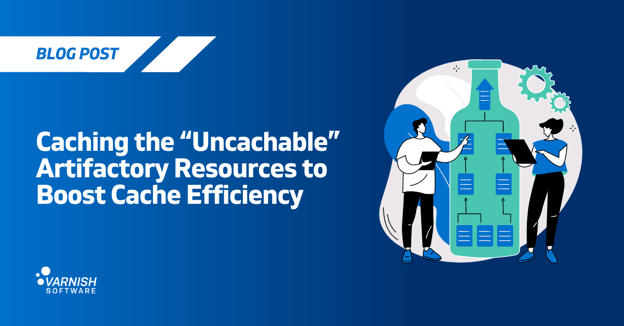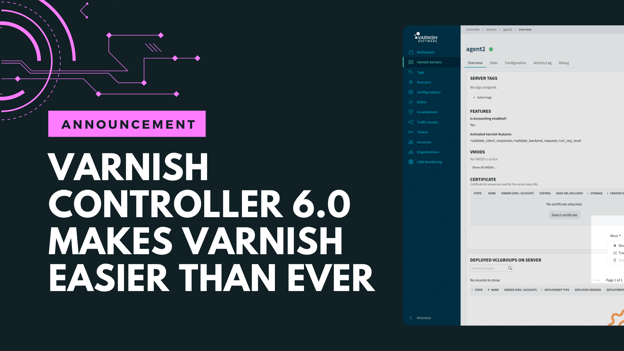And they’re off… The Grand National, a National Hunt horse race that takes place annually in Britain, is coming up quickly - April 9th this year. The unpredictable nature of the race and the frenzy surrounding it sweeps a large proportion of the population - including unusually high numbers of people who do not bet or gamble regularly - in the excitement. Grand National day in the UK, as it happens, is the most active betting day of the year with up to a quarter of the UK adult population placing their bets and waiting with bated breath to see whether their chosen horse wins.
Preventing betting day disaster
Numerous big gaming websites have buckled under the strain of traffic of eager participants wanting to place their bets. They were not prepared for the surge in traffic. Some sites crashed before the race, as people attempt to place bets, and some crash when winners attempt to login to collect their winnings.
Naturally this isn’t good for business, the reputation or the end user (who will turn somewhere else or not place a bet at all). Business and opportunities are lost, and some sites have to shell out more freebies (free bets, etc.) to assuage the anger and disappointment over site performance issues. Moreover, these failures - foreseeable or not - are totally preventable.
Jumping the fences
Just like the agile horses and infamous fence jumps that make the Grand National as exhilarating as it is, securing web performance, while not as breathtaking is just as death-defying. Keeping your betting/gaming site not only up and running but performing seamlessly at any scale on the high-stakes race day is at the heart of whether your online betting business flourishes.
Downtime has a cost, regardless of whether you’re gearing up for the Grand National or just conducting your daily business. Whether managing a flood of in-the-moment/event-driven traffic or a steady of flow of traffic, using the right solutions, such as Varnish Plus, can help you guard against sudden spikes and easily scale no matter what your traffic levels look like - more than offsetting the cost of unplanned downtime. You don’t have to scale up and maintain expensive extra server hardware to manage occasional spikes. Varnish Plus lets you take control of your web architecture performance during event-driven spikes as well as the rest of the time.
What can Varnish Plus do to get you ready for peak performance?
- Caching: Essential to website performance and uptime, the cache stores content it has taken from your server in just one visit, meaning that future requests for the same content don’t hit your server. Visitors get the content from the cache, allowing for speed, performance and uptime.
- Advanced cache invalidation: With rapidly changing website content, the cache needs to be quickly and flexibly updated, particularly for time-sensitive, highly dynamic content like that in betting websites, stock exchanges, e-commerce sites and breaking news. Varnish Plus lets you do this.
- Load balancing: High-traffic websites, like betting and gaming sites, need to balance the traffic load to ensure performance and defend against DoS and DDoS attacks.
- API management: Application programming interfaces (APIs) are pretty much everywhere, and as they proliferate, they need careful management to ensure API performance. A betting site might offer developers access to data to develop apps that can be used to place bets, check bet status and retrieve account information. Your API management strategy can help you ensure that speed, performance, scalability and stability keep your APIs in the game.
- Content delivery networks: Many betting sites use CDNs, but can enhance performance even further during traffic spikes when used in conjunction with caching software.
Are you going to be a winner on race day or come in last? Make sure the odds are in your favor - check out what Varnish Plus can do for you and your web architecture performance.
Learn more in our webinar-on-demand, Caching with Varnish, step-by-step.
Photo (c) 2011 by Paul used under Creative Commons license.
/VS-logo-2020-197x60.png?width=136&height=60&name=VS-logo-2020-197x60.png)




